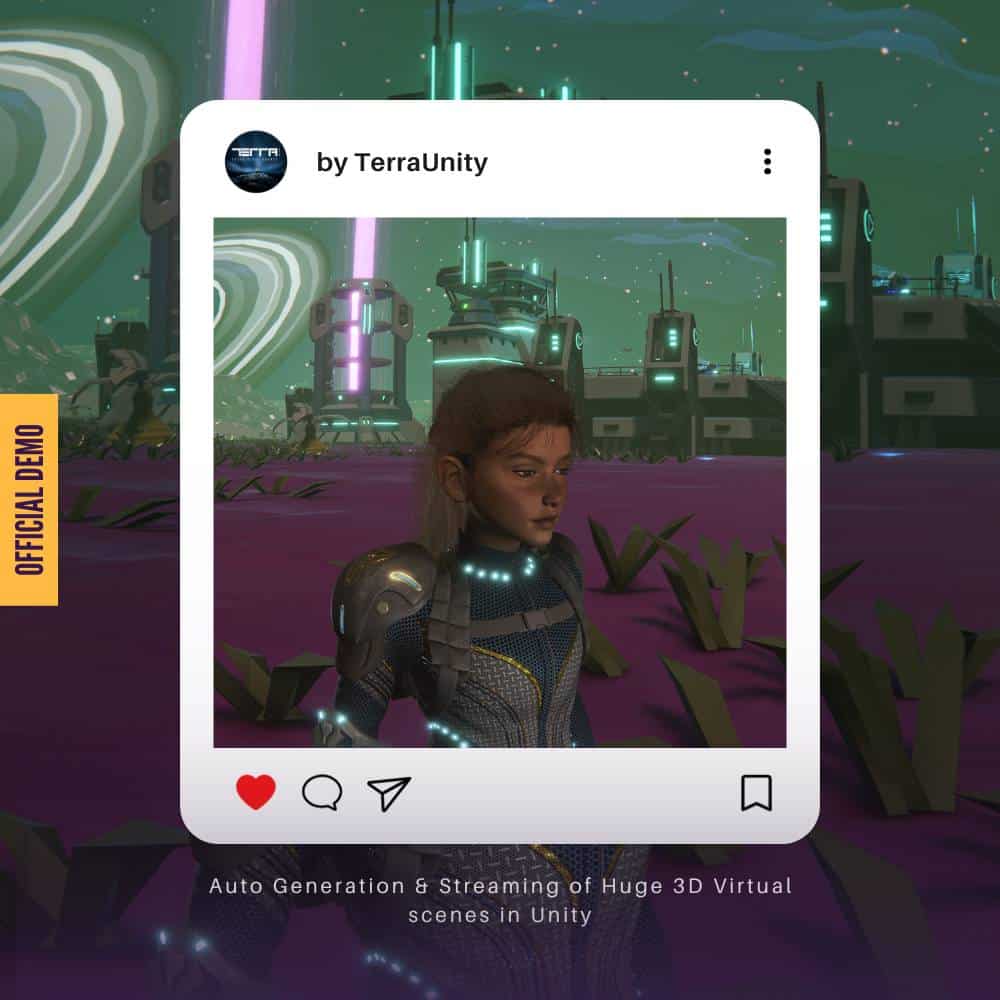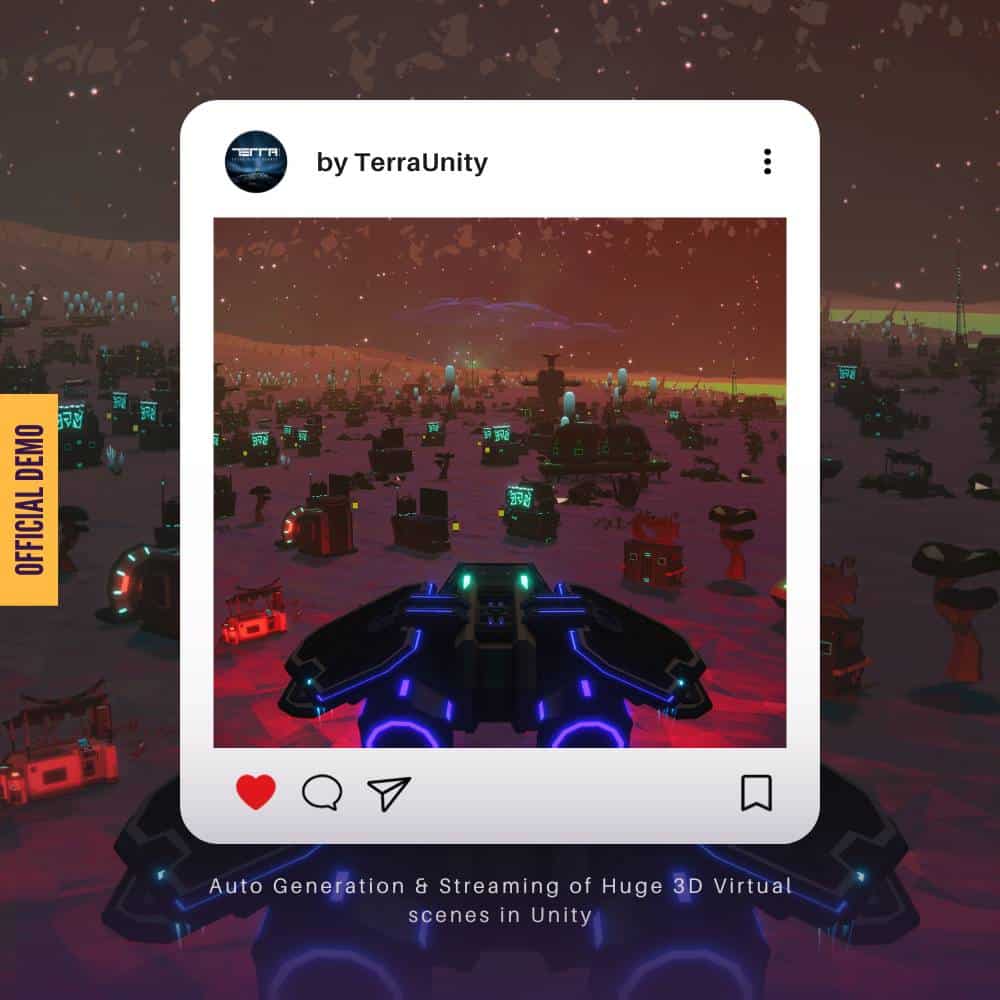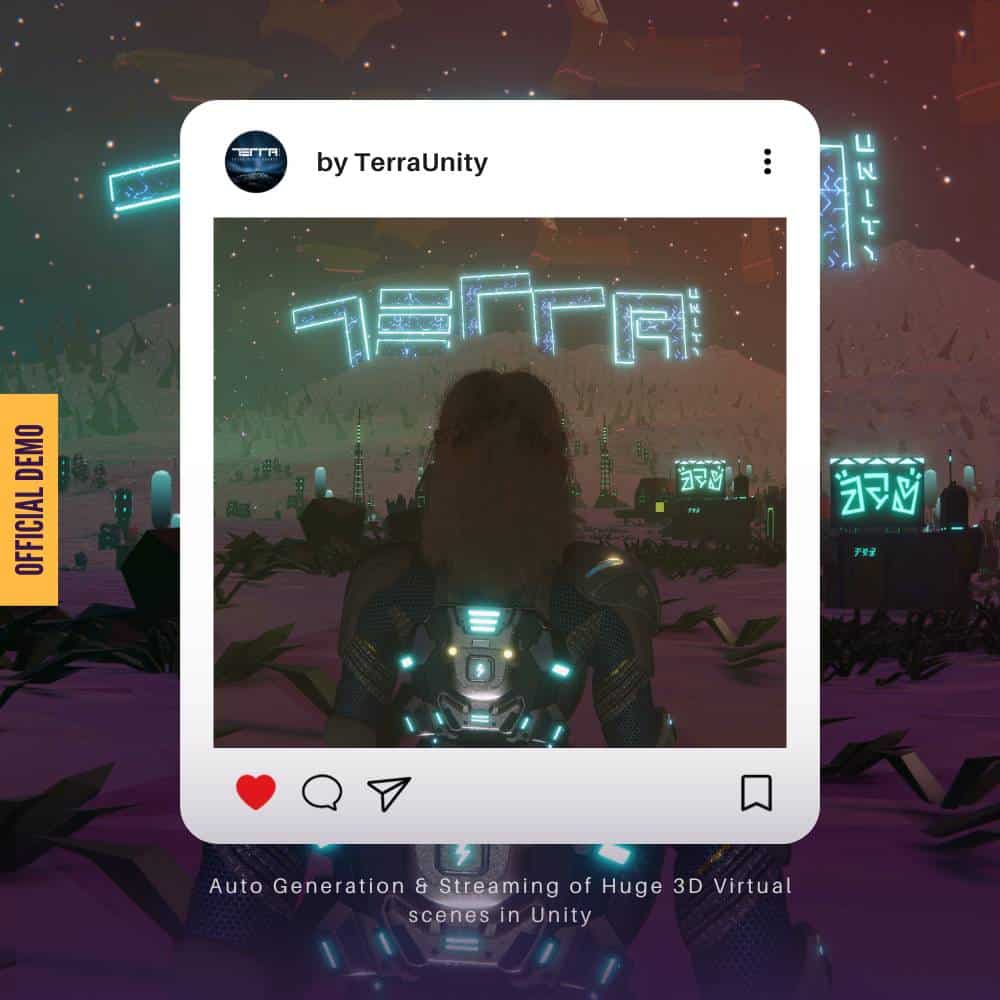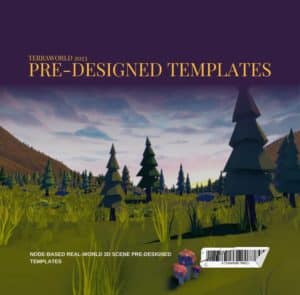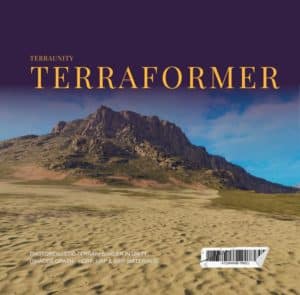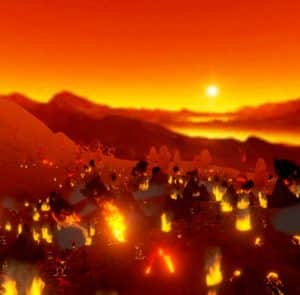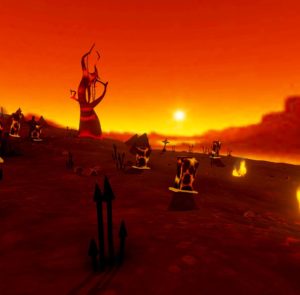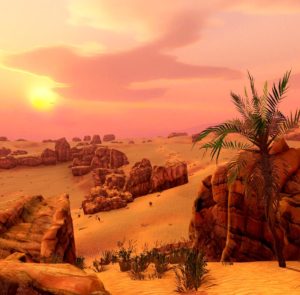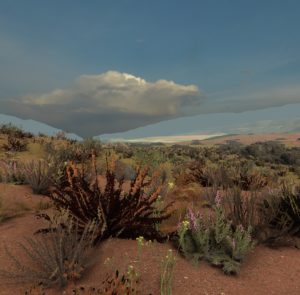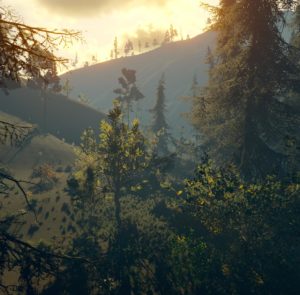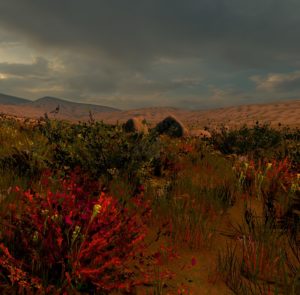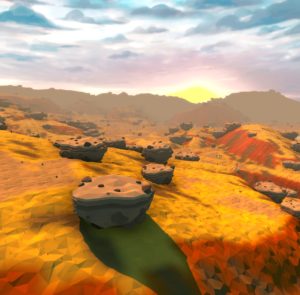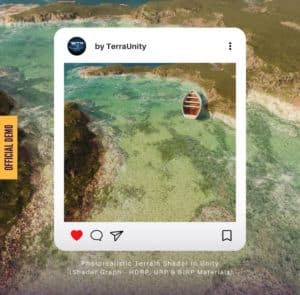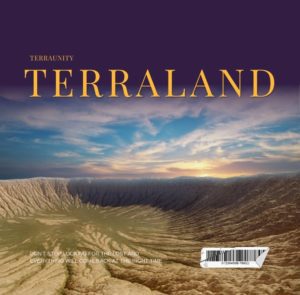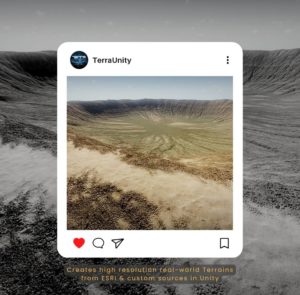⚡Tutorial Videos:
TerraLand 4 is the successor of TerraLand 3 with thousands of indie and enterprise clients all around the world who seek for a fast and easy-to-use solution to stream huge and country-size real-world datasets of 3D scenes in Unity and customize world chunks in a server to publish your game and 3D simulations as an interactive digital twin on any desired platforms.
It is the only solution in Unity to convert real-world GIS data into 3D intractable scenes within a few clicks as the base for your beautiful worlds in any style such as realistic, fantasy, stylish, low-poly, toon and etc. so that you can bring in your own logic and ideas for your game and simulation on top of the streaming world tiles.
When you have the base server with terrains generated by gathering real-world data from ESRI servers, you can enter the EDIT mode, load certain world chunks from the server in Unity editor and start customizing world cells by placing items on them (e.g. place trees, buildings…), changing mood, style, post processing and… to finally publish your server locally or on cloud so that everyone can play it from home.
The “Kagoshima 2178: Galactic Nexus” demo’s server has been created to work on a remote location on our cloud host and world chunks will be intelligently and automatically streamed on demand when you play it.
But TL4 is not only aimed for real-world scenes but through its flexible settings, you can pick up a location on Earth and then give it your own desired style and artistic mood by setting up custom materials and post-processing effects for all 3D objects in scenes including TL4 created terrains and all placed models in the world scene.
⚡ TerraLand 4 Is Made For?
Anyone from indie solo developers to big enterprise companies who wants to make high quality games or 3D simulations based on their concept and ideas, without worrying about handling big open-world scenes in Unity.
Having TerraLand 4 in place, we will end up with a highly detailed and accurate digital twin model of any city/country on Earth using available real-world data via advanced AI processing on cloud where it contains terrain surfaces, satellite images, 3D buildings & road system, nature elements, weather system, rendering style and possibly any type of modifications for a realistic or stylish scene.
Achieved environments and implemented solutions can be used in various platforms of AR, VR, MR, Desktop, console and etc. through various fields of gaming, navigation, mapping & GPS tracking, geology, flood control system, autonomous vehicle simulation, ML training, military training, municipality, real estate, tourism, agriculture, public transportation, educational, flight simulator, maritime, aerospace and etc.
⚡Technical Details:
The heart of TerraLand 4 lies within its advanced streaming system with quality and performance in mind using Unity’s Addressables system to load world items on demand and built game is suitable for any devices ranging from low-end like cellphones to high-end ones on desktop PCs and consoles thanks to the multi-threaded structure of the system to maintain a smooth FPS while in game.
Team members can load and edit world chunks locally from the created server in parallel at anytime and setup projects’ git in order to design the gameplay scenario and create levels by game designers and level designers during the development stages and upload the changes back into the created server by TL4 so that all developers are in sync.
Finally, when the scene is ready and you are happy to release, you just need to build your scenes as you normally would in Unity and generated server will be automatically connected to the scene to feed world cells.
Generated servers using TL4 can be distributed locally on your hard drive or distributed on cloud so that all players can stream your world content by having the built application.
Another great feature in TL4, is the “WMS Tiles” feature which makes the world cells 1:1 with all WMS geo-spatial servers meaning each generated tile in TL4 server has the exact coordinates and size as connected WMS tile server (e.g. OSM’s 3D building server, Google 3D Tiles server, ESRI’s landcover server and etc.).
The streamer component in TL4 which manages streaming of world tiles based on player position, comes with its layer system where you can give specific items and models certain Unity layers and give them arbitrary settings as the following example:
Ex. Place building models in scene with “Building” layer set for them and place vegetation models with “Tree” layer so that you can set different loading distance while streaming in runtime by setting 4000 meters for “Building” layer and 1500 meters for “Tree” layer. This opens up more design flexibility and performance control over your game.


